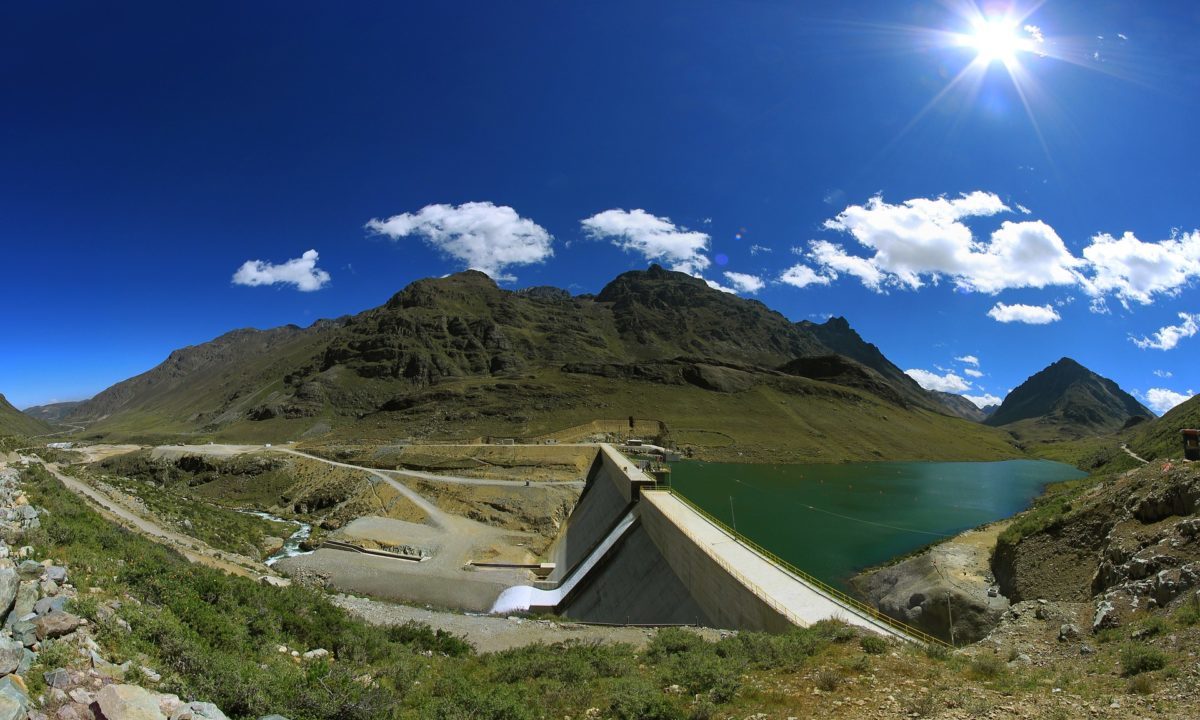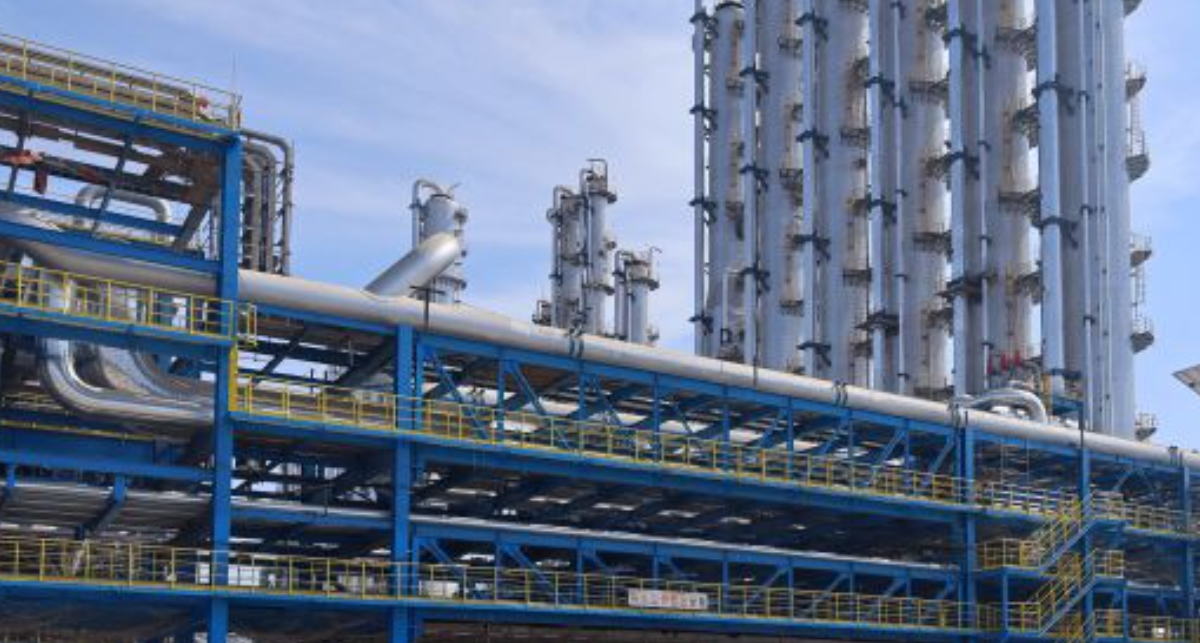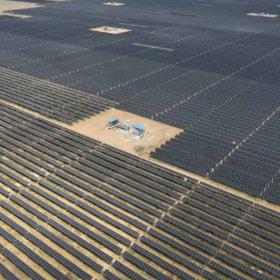From pv magazine International
Scientists at the U.S. Department of Energy’s National Renewable Energy Laboratory (NREL) have analyzed the potential benefits of hybrid power generation from floating PV (FPV) and hydroelectric stations, and identify global potential for such projects between 3,039 GW and 7,593 GW.
In the study Hybrid floating solar photovoltaics-hydropower systems: Benefits and global assessment of technical potential, published in Renewable Energy, the academics described three different project typologies: Co-location hybrid systems, where the PV installation and the hydropower facility are co-located but operated and optimized separately; virtual hybrid systems, where the two power productions are located at different sites and optimized through bilateral agreements; and full hybrid systems, in which cost and performance improvements are achieved through co-optimized planning and operation.
To read more, please visit our site pv magazine International
This content is protected by copyright and may not be reused. If you want to cooperate with us and would like to reuse some of our content, please contact: editors@pv-magazine.com.









Another Study by NREL wasting Public Money…..
When the US has 4Million km2 of Agricultural Land that can generate ALL THE ENERGY (not just the Electricity loads) it needs on about 2% of this land to meet ALL it’s Energy Apetitie; why does one need Floating or Other PV Plants with logistics issues. (If one used AgriVoltaics this will not result in loss of Agricultural Produce either).
What is it that The Trump Administration is trying to prove… may I ask…. as a US Taxpayer… when the answer is staring one on your face…